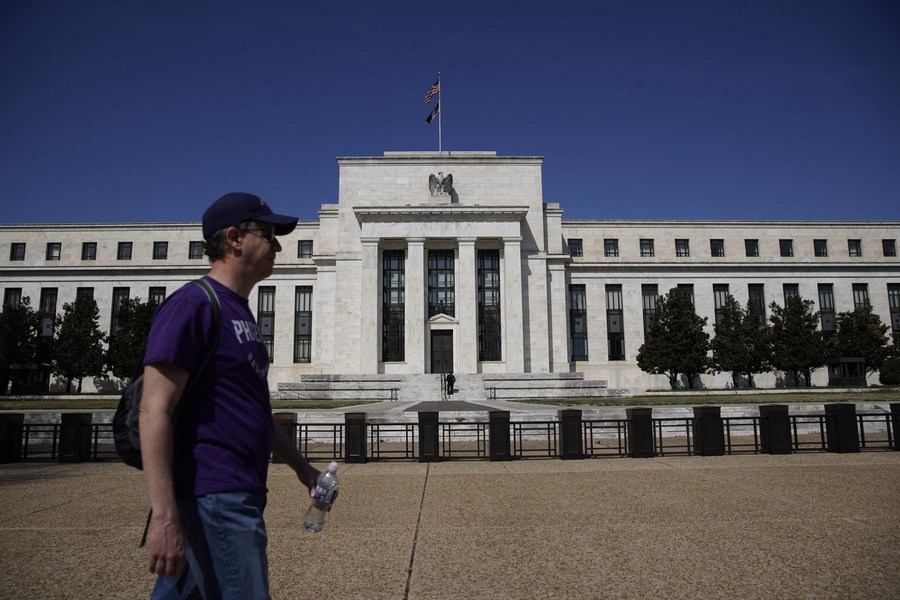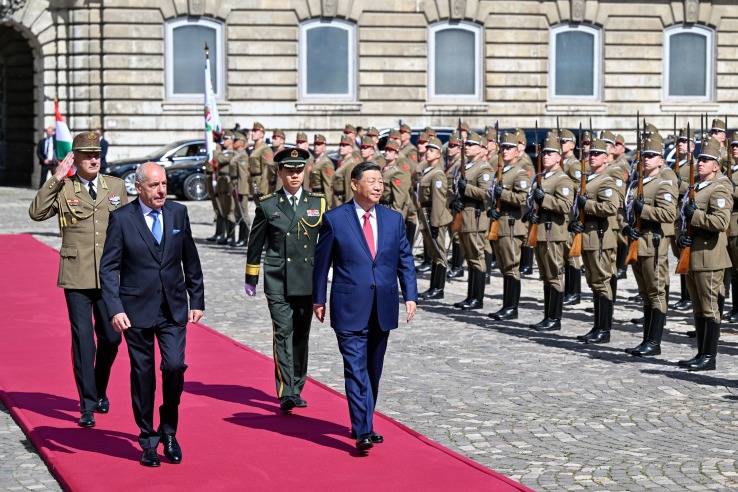A watchful eye needed on global capital flows
China Daily | Updated: 2022-03-21 08:23

The US Federal Reserve decided to raise the federal funds rate range by 25 basis points to 0.25 percent and 0.5 percent last week. The Fed's tightening cycle was long expected, as the inflation in the United States is persistently high. The consumer price index rose to 7.9 percent in February, the highest over the past 40 years.
The Fed also views employment as the main target of its monetary policy. Data showed that 678,000 non-agricultural jobs were created in the US last month, and the unemployment rate in February was 3.8 percent, which means it is now at the pre-epidemic level.
But it does not mean the US economy is risk-free. The Russia-Ukraine conflict will affect the confidence of consumers and investors in the US. The conflict will bring high uncertainty to the US economy and may cause additional inflationary pressure. In particular, the sanctions imposed by the West on Russia will not only affect the supply of energy and food, but also increase the cost of finance and logistics.
As a result, the Fed has recently slashed its 2022 growth forecast to 2.8 percent from its December forecast of 4 percent, and it has raised its inflation forecast to 4.3 percent from 2.6 percent in December.
This means that the possibility of recession in the US economy is increasing and the risk of stagflation is rising. Inflation may be fueled more by the supply side, and therefore tightening monetary policy may not work well. As such, the Fed will gradually be caught in a dilemma in the future. It is difficult for inflation to fall, which requires continuous tightening of monetary policy, but in this case, economic growth will face downward pressure.
In contrast, there is no inflationary pressure in China's economy at present and the macro leverage ratio and asset prices are at a reasonable level, which means China's monetary policy remains stable and flexible. That's why China can implement systematic plans to stabilize growth.
However, the Chinese policymakers need to guard against two possibilities. First, after the US raises interest rates and reduces its balance sheet, capital may flow out of its bond and securities markets, and seek new safe assets around the world. China needs to be cautious about large-scale capital inflows that add to the exchange rate pressure and affect the autonomy of its monetary policy. Second, the US and other countries have kicked Russian banks out of the SWIFT system and frozen their reserve assets, and that has increased global financial instability. Some sovereign funds may reduce their holdings of US assets, and the tightening policies in the US may cause some market turmoil promoting more speculative funds to invest in renminbi assets. China needs to closely watch global capital flows and take preemptive actions in advance if necessary.
























